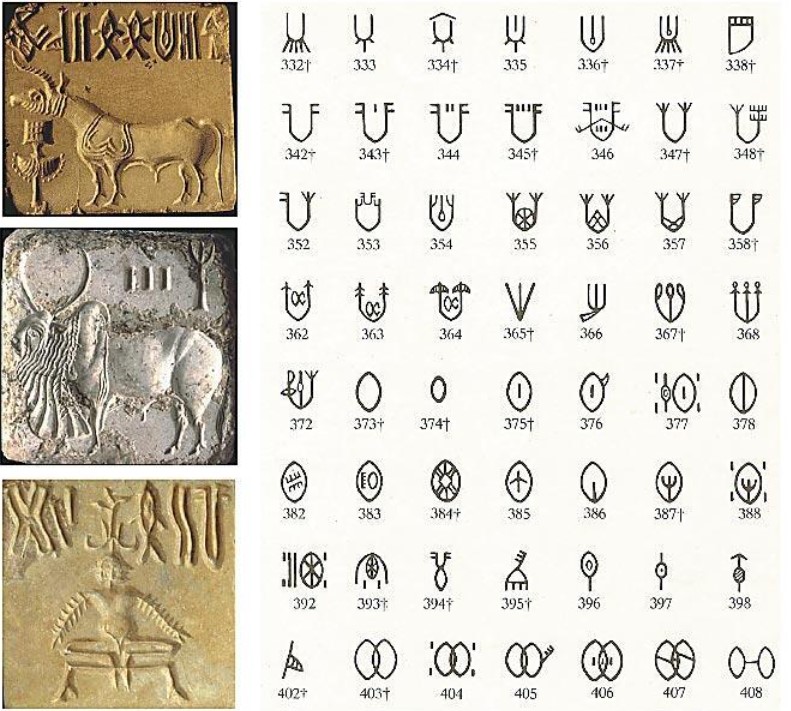7667766266
enquiry@shankarias.in
Mains: GS I - Indian Culture - Salient aspects of Art Forms, Literature and Architecture from ancient to modern times.
Scholars from around the world and across disciplines will be gathering in New Delhi this week to present their work on the Harappan script at a conference hosted by the Union Ministry of Culture.
Sir John Marshall announced the discovery of the Bronze Age culture that thrived in the Indus Valley between c. 3300 and 1300 BCE.

Rebus is a concept in which pictograms represented the word for the object or action depicted, or any other word with a similar sound, irrespective of meaning.
The Indian Express| Harappan Script and its Mystery